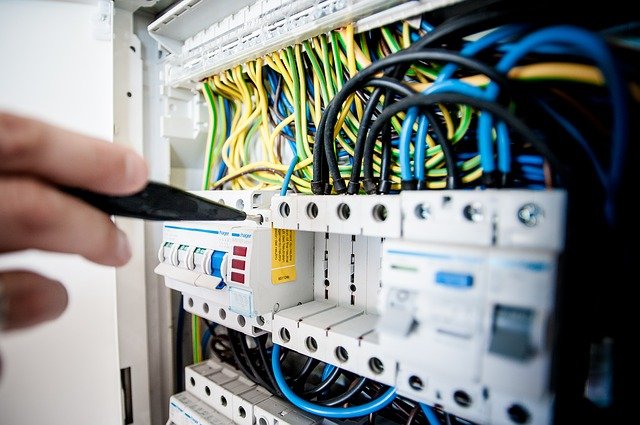

What Is OTDR?
One of the most commonly used tools for measuring optical fiber properties is the time-domain reflectometer (OTDR). It can be compared to an electronic time-domain reflectometer in terms of optical properties. Fiber length is used to plot the amplitude of the return pulses as a function of time, and the results are graphed.
A fiber’s length and attenuation, including splice and mated-connector losses, can be estimated using this method. It can also find and measure optical defects, such as breaks. Multiple fiber attenuation is best measured by testing each end separately and averaging the results. However, this extra work contradicts the commonly held belief that only one end of a fiber may be tested.
OTDR: How Does It Work?
It uses a laser diode to create optical power and send a pulse of light energy into an optical fiber. As the reflected and dispersed light energy is measured over time, a photodiode transforms it into an electrical value that can then be amplified and displayed on a monitor.
The round-trip time of a light pulse flowing through a fiber core is used to determine each event’s location and the cable’s overall length. The backscattered light’s amplitude change is used to compute the insertion loss.
Auto-configuration, auto-setup, or auto test are among the terms used to describe the process by which current OTDR instruments automatically pick the ideal acquisition parameters for a particular fiber. No matter how advanced the technology that allows many OTDR test systems to identify the appropriate settings for your testing procedure automatically has become, it is still crucial to know the underlying parameters and how they may affect your findings.
An OTDR’s Main Uses
Using an otdr fiber tester in the right way seems to be a common question. The OTDR’s tasks vary depending on the type of fiber optic cabling used—outside plant (OSP) cabling or premises cabling. . It can also be used to locate cable breaks when performing diagnostics. When evaluating premises cabling, optical time-domain reflectometry (OTDR) is an attractive alternative to traditional insertion-loss testing, which requires the use of light sources and power meters.
OTDR Testing
Several developments in fiber optic technology and new fiber network deployments have necessitated OTDR testing methods. To construct a virtual “image” of a fiber optic cable route, an Optical Time Domain Reflectometer (OTDR) must be employed. In addition to providing information on fiber health and performance, the processed data can also reveal any passive optical components along the cable path, such as splitters and multiplexers.
For future evaluations of the same cable, this information can be retrieved from the database once it has been examined and archived.
Testing Parameters for OTDRs
As OTDR testing can be used for many applications, proper OTDR parameters can ensure that your tests and measurements are precise. The auto-test option may be sufficient for some tests, but for others, you may need to manually configure the OTDR testing settings based on the length of the fiber cable, the type of cable, and the complexity of your system. With these OTDR parameters, you may fine-tune the pulse width, average time, dead zones, and distance range for your specific fiber run.
Process of OTDR Evaluation
- An OTDR test must be set up, programmed, executed, and reported on in a specific order.
- Turn on the OTDR and check that the battery is charged and the test display works.
- An OTDR’s output port and the tested fiber should be connected using a launch cable.
- The following are common manual OTDR test parameters:
- The range (distance) based on the whole fiber length is done here.
- pulse width: controls how long each laser pulse will be sent out
- Averaging Time: Sets the period for averaging reflected light observations.
- A cable’s refractive index must match that of the tester’s instrument.
- Loss thresholds for the system as a whole and specific “events.”
- Run the OTDR for as long as it takes to get the results and “trace” the signal.
- As needed, save and upload test results.
- Disconnect all wires, adapters, and connectors with care.
Conclusion
OTDRs are a priceless tool for troubleshooting optical fiber links and guaranteeing a stable and dependable network. The OTDR function and how to use it appropriately will allow you to detect and eliminate your optical fiber events once you’re familiar with them. Single-mode fiber, multimode fibre, 1310 nm, 1550 nm, 1625 nm, and other wavelengths are available from FS for OTDR use.





